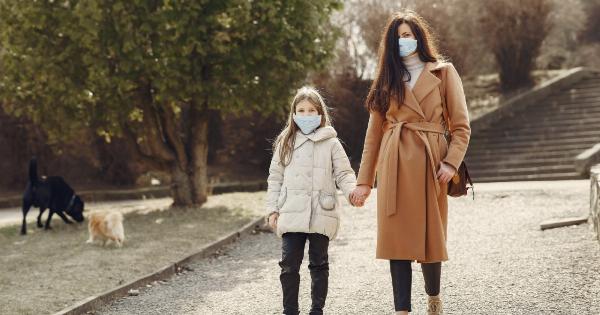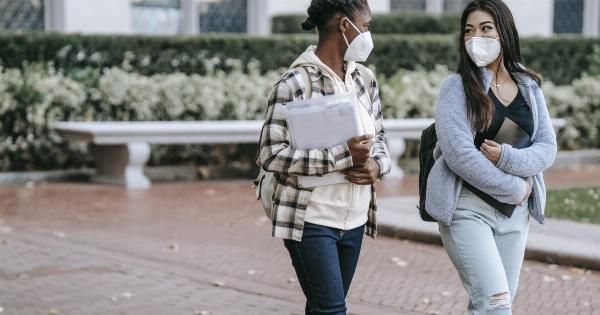Respiratory disorders are a group of diseases affecting the respiratory system, including the lungs, larynx, bronchi, trachea, and nose. These disorders can cause a variety of symptoms, such as difficulty breathing, coughing, and wheezing.
Respiratory disorders have become a major public health problem in recent years. According to recent studies, both mortality and disability due to respiratory disorders have increased by 20%.
The common respiratory disorders
There are many respiratory disorders affecting a vast majority of individuals worldwide. Here are some of the most common respiratory disorders that are responsible for the increase in death and disability:.
Asthma
Asthma is a chronic respiratory disease that affects the air passages in the lungs. It causes swelling and inflammation in the airways, leading to difficulty breathing.
Asthma is caused by a combination of environmental and genetic factors and triggers like pets, pollen, and dust.
Chronic obstructive pulmonary disease (COPD)
COPD is a group of lung diseases that cause difficulty breathing. A chronic bronchitis and emphysema fall into this category. People with COPD have trouble exhaling the air from their lungs due to damage to the airways and alveoli.
Smoking is the leading cause of COPD, and long-term exposure to other lung irritants such as air pollution, dust, and fumes can cause the disease.
Pneumonia
Pneumonia, commonly referred to as chest infection, is an infection of the lungs caused by various microorganisms like bacteria, viruses, or fungi. The infection causes inflammation, leading to cough, chest pain, and fever.
Pneumonia is usually treatable, although it may cause severe complications, especially in older adults and people who are already in poor health.
Lung cancer
Lung cancer is a leading cause of cancer-related deaths worldwide. Exposure to carcinogens like tobacco smoke, asbestos, and air pollution can cause lung cancer. Symptoms of lung cancer include cough, chest pain, shortness of breath, and weight loss.
Treatment for lung cancer may involve surgery, chemotherapy, or radiation therapy.
Tuberculosis
Tuberculosis (TB) is a contagious infection caused by the bacterium Mycobacterium tuberculosis. TB affects the lungs and can cause symptoms such as cough, fever, and chest pain. If left untreated, TB can be fatal.
Cystic fibrosis
Cystic fibrosis (CF) is a genetic disorder that affects the lungs and other organs like the pancreas and liver. CF causes mucus to build up in the lungs, making breathing difficult.
The condition is usually diagnosed in childhood, and there is no known cure for CF. Treatment involves managing symptoms and preventing complications.
The rise in mortality and disability due to respiratory disorders
In recent years, both mortality and disability due to respiratory disorders have increased by 20%. The main factors contributing to this trend include:.
Smoking
Smoking is a leading cause of respiratory disorders like COPD, lung cancer, and pneumonia. The harmful chemicals in tobacco smoke damage the airways and lungs, making it difficult to breathe.
Air pollution
Air pollution, both outdoor and indoor, is a significant contributor to respiratory disorders. Breathing in pollutants like particulate matter, ozone, and nitrogen dioxide can irritate the lungs and cause inflammation.
Poor diet
A poor diet lacking in essential vitamins and nutrients can weaken the immune system, increasing the risk of respiratory infections. Malnutrition can also worsen existing respiratory conditions like asthma and COPD.
Poor hygiene
Poor hygiene can increase the risk of respiratory infections like tuberculosis. Good hygiene practices like regularly washing hands and covering the mouth and nose when coughing or sneezing can help prevent the spread of respiratory illnesses.
Conclusion
Respiratory disorders have become a significant public health issue, causing a substantial increase in both mortality and disability. The most common respiratory disorders include asthma, COPD, pneumonia, lung cancer, tuberculosis, and cystic fibrosis.
The main factors contributing to the rise in respiratory disorders include smoking, air pollution, poor diet, and poor hygiene. To reduce the impact of respiratory disorders on public health, efforts must be taken to reduce exposure to risk factors and promote good lifestyle habits.





























